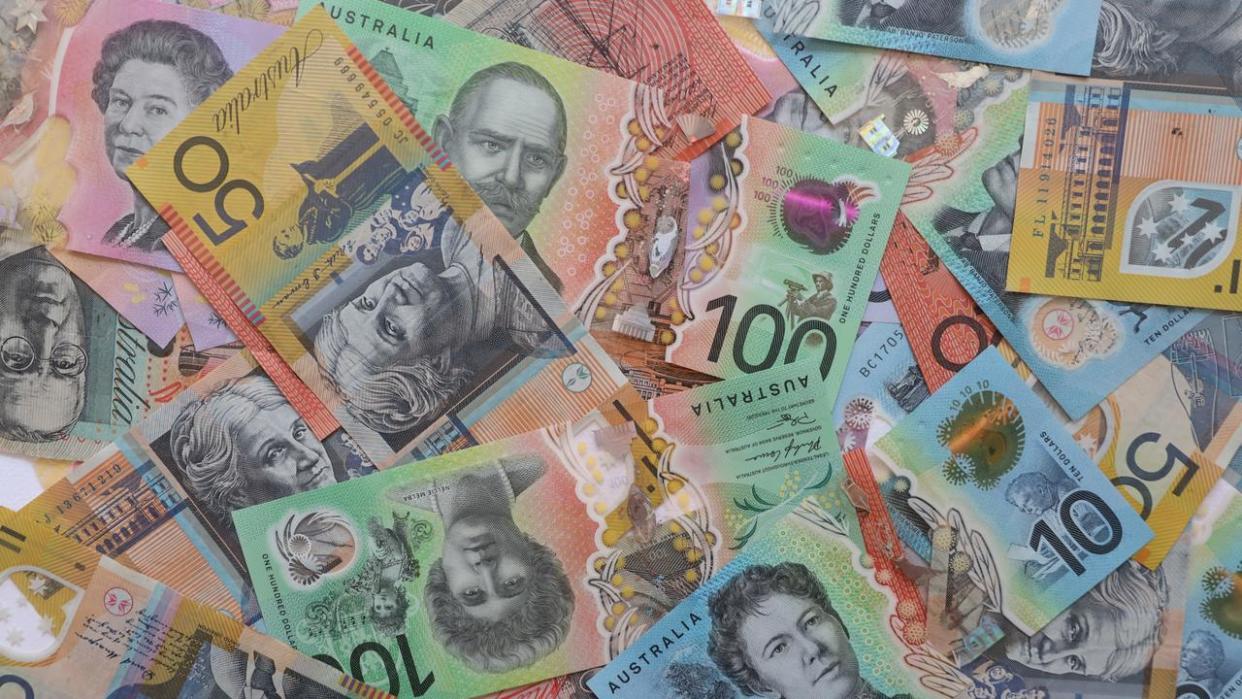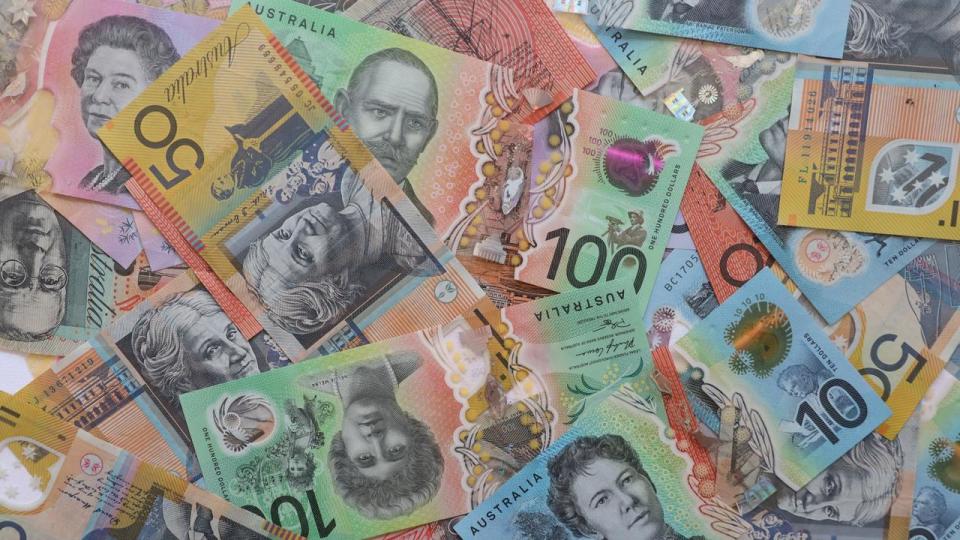Weird way Aussies are using cash

Australians may not be reaching for cash to make their daily purchases but a fresh report has identified the surprising way households are collecting their loose change.
Analysis released in the Reserve Bank of Australia’s January bulletin found the “falling transaction use” of bank notes” despite “strong banknote demand” suggested the act of hoarding cash was increasing.
The report, authored by Patrick Elkington and Rochelle Guttmann, said this might be done for “store of wealth or precautionary savings purposes”, with $56bn to $81bn worth of bank notes hoarded in June 2023. This accounts for about 55 to 80 per cent of physical bills.
“This share has grown since the onset of the pandemic by around 5 percentage points, which indicates that much of the increase in banknote demand over this period was for hoarding purposes,” the authors wrote.

When it came to which notes Australians lost most frequently, the loss rate was greatest for lower-value bills like $5 and $10 as well as $50 and $100 notes.
Surprisingly, $20 bills had the lowest loss rate.
“This may be due to people showing less care towards bank notes of lower value, while high denomination bank notes may be hoarded and eventually forgotten about or misplaced,” it said.
While using bank notes for shopping and everyday transactions had decreased by 5 per cent since early 2020, the demand for bank notes grew over the pandemic period, peaking in December 2022. During this period the RBA said the total amount of bank notes in circulation increased by 22 per cent, or $19bn between March 2020 and December 2022. The figure still remains “close to its historical high”.

While Australians may be saving their cash, RBA data suggests less and less people are spending it in stores.
Figures released in November 2023 revealed the rate in which cash transactions had declined had increased in the three years to 2022, with the Covid-19 pandemic and an increase in mobile technology, like Apple Pay, accelerating the change.
In 2022, cash transactions made up 13 per cent of the total number of consumer payments, falling 14 per cent on 2019 figures.
The change to card and mobile payments from cash was “particularly pronounced” for lower value transactions under $50, the research found.
“Across all payment sizes, cash payments are most likely for round value transactions where change or coins are less likely to be needed (i.e. $5, $10, $20, $50 and $100 payments),” the RBA said.
“The shift away from cash for lower-value payments reflects increased adoption of contactless electronic payments during and following the pandemic.”


